-
Posts
613 -
Joined
-
Last visited
Content Type
Profiles
Forums
Events
Everything posted by george 1100
-
I used blue. A dab of moly assembly lube on the thread and bottom of the nut. Makes a world of difference. Once torqued, go back the next day a retourque. This give the stud time to stretch. Use a couple of coats of copper spray on the base gasket as a safeguard
-
Regardless, you should check and make sure as per above post. At the end of the day, there is no benefit in the stud bottoming out, the most important thing is to have the correct thread embedment and enough thread for the nuts. When you look at the upper case, some threads start deeper than others
-
I'm running a 2.5mm spacer because of the busa rods but even without a spacer you should check that you don't sink the studs in too far. If they bottom out and you have minimum 10mm of thread for the nut, then you are good to go, if not wind them out and use thread locker. Do not torque the head with dry nuts, use moly.
-
I just made the same mistake by following the APE stud installing method which says the torque the studs into the block meaning they will bottom out which leads to not enough thread for nut to go on. Against my better judgement, I didn't run the washers and ended up with a blown head gasket. Don't go there
-
Do you have a spacer plate under the block? As far as the studs go, you need to have at least 10mm of thread on the studs once everything is assembled including washers. A 10mm stud into an aluminium thread needs minimum 20mm embedment and a 10mm nut needs minimum 10mm of thread as a rule. I recently reassembled my motor and set the studs with Loctite at the exact height first then installed my spacer and base gasket with copper spray. You can measure the stud height by dummy assembling everything or by measuring you base gasket, cylinder spacer if you have one, cylinder, head gasket, head, washers and adding all that together. Use new washers and when you torque the head, put moly on the thread and on the underside of the nut. Torque to APE specs. Maybe the o-rings blew out due to excessive blow by? Just a thought, I'm not a turbo expert
-
No, head needs to come off
-
It looks like detonation
-
Exactly, motors are flogged also, may be modded, air-box gone, pipe change, even fuel has changed, some have lightened their bikes, combine with flogged carbs, it's no wonder so many people are having tuning issues.
-
Take a look at the amount of posts on here and all other oil cooled related platforms and every second post is CV carb related running issues. There's your answer
-
Just for the record,Busa mk1 rods are 119.5, 1127 and bandit rods are 117. Spacer required is 2.5mm
-
And the cases bored out also I recently built a 1277 only because I found a super cheap 83mm piston kit but if it wasn't for that I probably wouldn't have gone there as it ends up being quite expensive once the cost of the liners and the machining of the block and cases to fit the liners is taken into account
-
Tune it slightly fat, run a curved OEM cooler and head cooler and enjoy it. If it was knocking, you would've noticed. The sound is completely different to rattling flatslides. I had a cbr1000 with and open pipe and sometimes it would knock when I would labour the motor. Could hear it very clearly
-
How much comp are we talking and type of fuel?
-
Probably right! Any idea of cost?
-
Just for fun, here's a side by side comparison of the 5 speed and 6 speed through the gears. Not so relevant on a street bike but very beneficial on a track bike. Same tyre size and same top speed at 10,8000 in kmh. I can't get my head around mph . Can clearly see what the motor is doing through the gears
-
16:43 in mph and kph. The rpm's noted in the tachometer are the rpm drops per gear change. For example, redline in 1st, change to second, rpm drops to 8061, redline 2nd, change to 3rd, rpm drops to 8598 and so on
-
5000rpm?
-
Did you calculate that with a 1.56 primary?
-
This is a great tool https://www.blocklayer.com/rpm-gear.aspx
-
Should also mention that with the external oiling kit, somewhere in the take off, a jet like the one in the upper case needs to be introduced to limit the amount of oil being pumped up to the valve train which may lead to starving the crank of oil. I've never done it and not sure how people achieve that
-
The drag race motors more than likely are using big blocks which cut into the top end oiling gallery hence the external oil line is required to supply oil to the camshafts
-
Think of a single lane, 1, that splits into two lanes, 2 and 3. Lane 2, for example, gets blocked but up ahead there's another lane that connects lane 2 and 3 to keep the traffic flowing to lane 2 destination and lane 3 destination. It doesn't provide any 'extra' oiling. It's for show or insurance I guess
-
Yeah, very difficult to find under AUD$1500 these days. They're all hoarded
-
One of my previous standard track engines would have around 5 times as much as that after every 3 track days. Every oil change I'd get nervous but it kept going. I keep it as a spare now but haven't got around to stripping it down yet but if I had to guess, I'd say transmission followed by cams and rockers
-


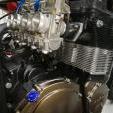

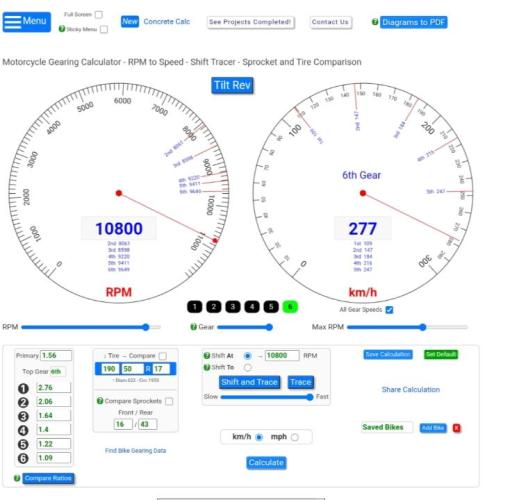
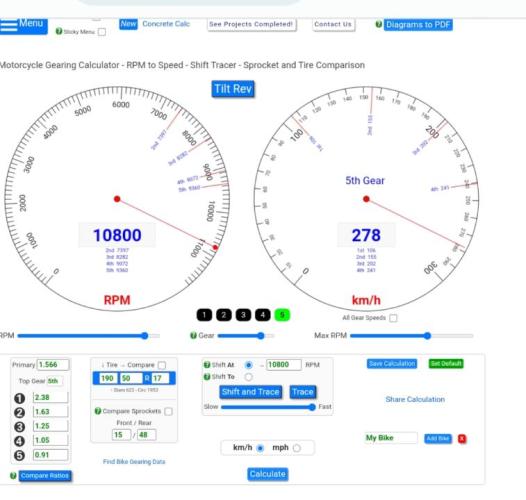
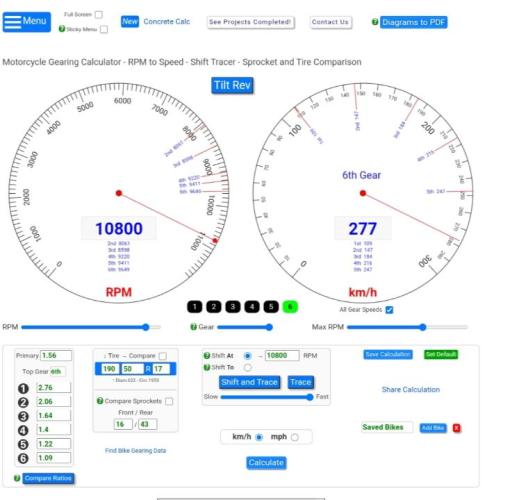
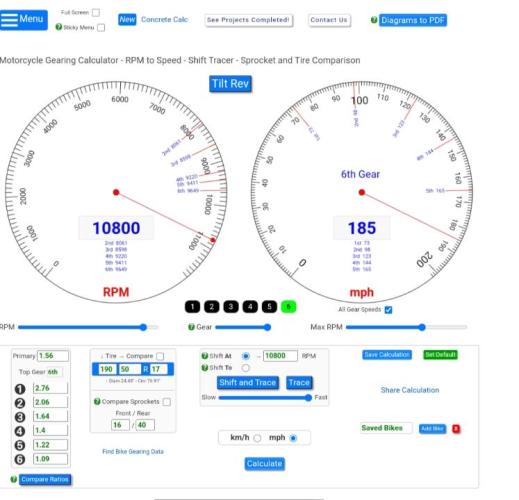
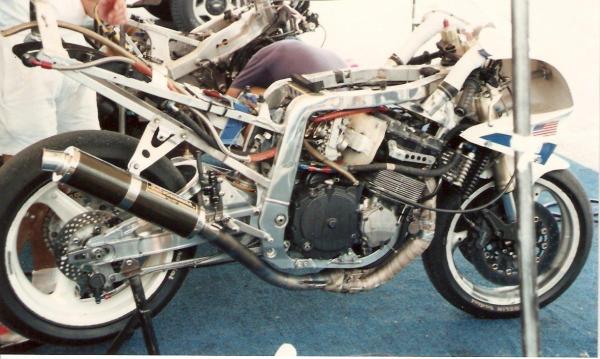
.thumb.jpeg.d4963d0720f7a963b9666513cc38a4ac.jpeg)